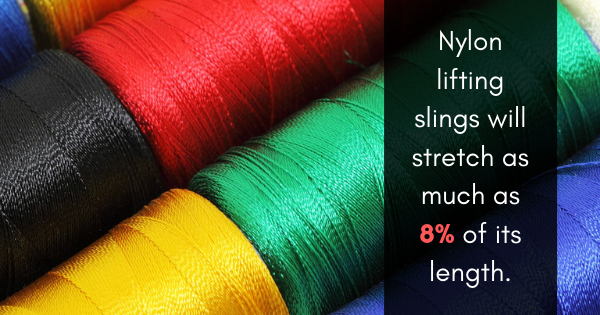
What Are the Differences Between Wood and Cable Railings?
Railings are a staple in most homes, both for decor and safety purposes. And seeing as how the second leading cause of accidental injury is staircase accidents, railings are more important than ever. However, when it comes to choosing a railing, homeowners may have a difficult time deciding between all of the available options. So to help make this process easier, we’re going to look at some key differences between two common types of railings: cable and wood.
Wood Railing
Wood is a traditional material for railings. This is especially true when it’s used on staircases or decks that are also made of wood — this aesthetic is a reason many people choose wood railing materials. Additionally, wood has a low cost and can be fairly easy to assemble. However, wood materials are more prone to rot and pest infestation, so they require extra care. Outdoor wood railing materials will have to be sanded and stained regularly. So for homeowners who are looking for a railing that requires minimal care, wood may not be the way to go. And while wood railings are aesthetically pleasing, they may obstruct the view from an outdoor deck or porch because of the thick posts.
Cable Railing
Cable railing supplies are becoming more and more popular for both indoor and outdoor use. This type of railing offers many benefits, like minimal maintenance — stainless steel cables are durable and can withstand corrosion and wear and tear, even in outdoor environments. Also, cable railings offer aesthetic benefits. Because of the slim cables, they can easily be seen through. This makes this type of railing great for decks or porches where homeowners have a view they want to enjoy. And on stairs or landings, it can allow homeowners to see who is on the stairs or below the landing with ease. And with the ability to adjust the stiffness of cables and cable rail fittings, homeowners can ensure they’re tight enough to prevent anyone or anything from falling through, increasing the safety aspect.
As you can see, there are some major differences between wood and cable railings. Choosing a cable railing can offer increased aesthetics and safety while decreasing maintenance. So if you’re interested in a cable railing for your home, call American Cable and Rigging Supply today for more information.




Recent Comments